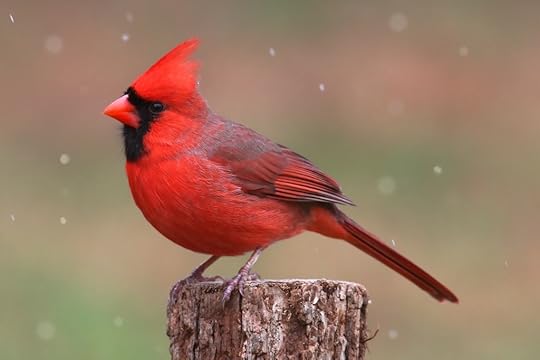Cardinal Sin – 4

The first carcass was splayed across one of my well-used trails. I discovered the doe on my daily trip to the spring for water. The poor thing was obviously in the process of giving birth when she expired. The fawn was a half-delivered, twisted mass of bloody tumors, and misshapen legs. The doe’s eyes, ears, and nose were caked with her own blood—familiar manifestations of the blight. A bad sign.
Within a few weeks of that first sighting, all the mammals in the forest were dead or dying. The stink was unbearable, but I still had to venture into the woods—to forage and fetch water. While picking wild oranges and grapefruit one day, I found the maggot-infested carcass of a red shouldered hawk. I wept a little at the loss of the familiar creature. It had often watched me forage in the historic grove from a perch on a nearby pine sapling that leaned gently to the right.
Other birds soon began dropping from the trees and sky. The putrid stench of death tainted every breeze. Oddly, my little friend survived. I crafted a soft “nest” for him—an unused wool shirt stuffed with shredded palm wood and Spanish moss—and placed it under cover next to the front door of my shelter. Each day, I provided a tiny bowl of fresh water and an adequate number of small seeds I’d collected on my forays in the woods. He never again left the boundaries of my camp.
***
[Stay tuned for the next installment of “Cardinal Sin”]



